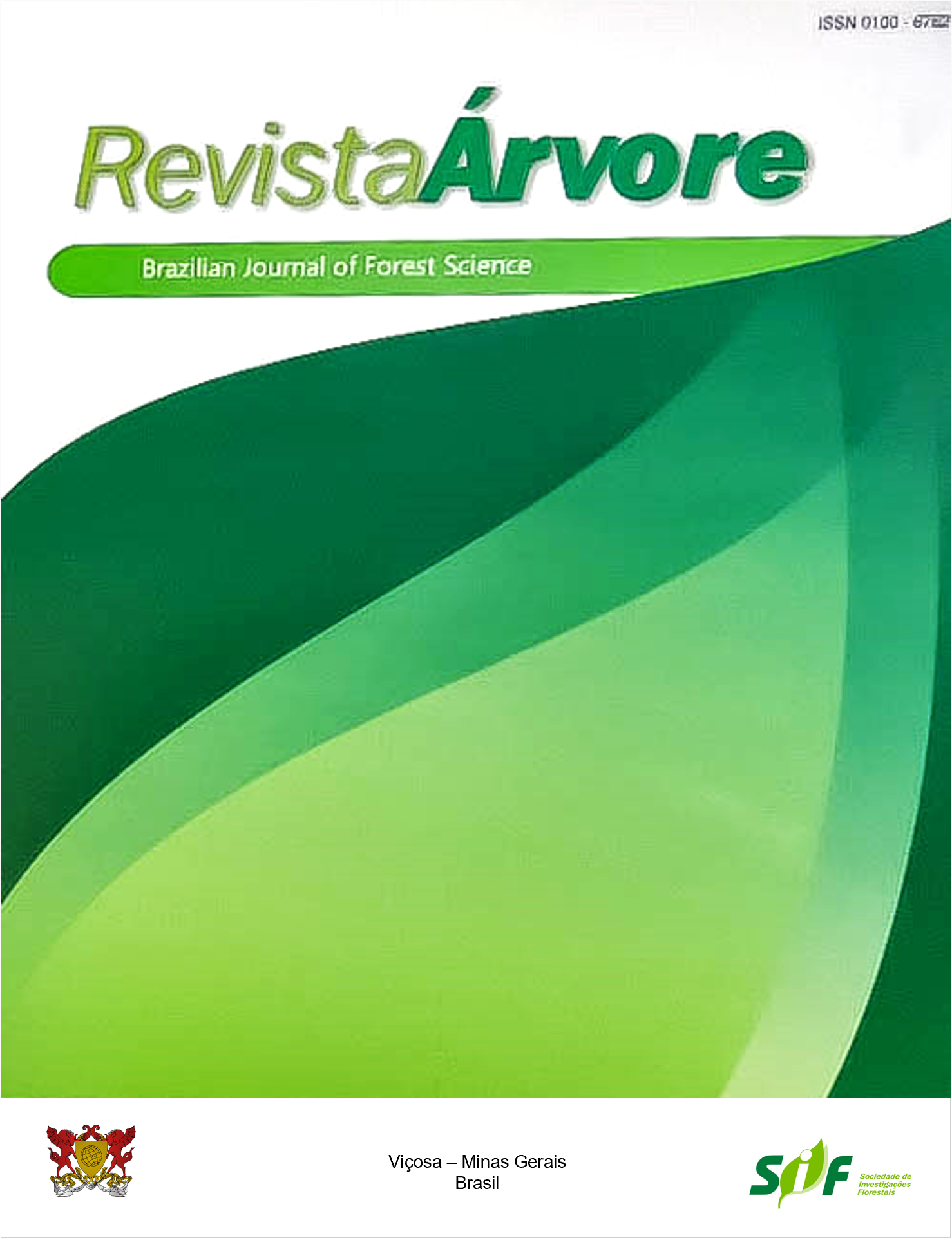POPULATION DYNAMICS OF Hypothenemus hampei (Coleoptera: Scolytidae) IN AGROFORESTRY AND MONOCULTURE SYSTEMS OF CONILON COFFEE IN THE SOUTHERN PORTION OF THE STATE OF AMAZONAS, BRAZIL
Keywords:
Coffee berry borer, Bioecology, Baited trapsAbstract
Hypothenemus hampei is the main coffee pest in the Amazon and worldwide. Although coffee cultivation exists in the State of Amazonas, there is no information regarding the behavior of this species population in this region of Brazil. Since the Amazon region is a favorable environment for H. hampei, the present study aimed to investigate this insect population in the following cultivation systems implanted in the municipality of Humaitá, Southern Amazonas: i) coffee in native forest (CNF), ii) coffee intercropped with cupuaçu and açaí (native Brazilian fruits) (CCA) and iii) coffee in monoculture (MC). Also, the climatic and phenological parameters of the plant were used in relation with the population dynamics of the insect. For that, ten baited traps were installed in each field for the monthly sampling of the H. hampei population from July/2018 to June/2019. The highest population abundance of the insect was observed during the coffee flowering season, mainly in monoculture crops, when compared to the other intercropped fields. The total mean value of the insect population observed in the three environments evaluated was highest in August/2018, with a recorded value of 1749. The increase in rainfall indexes occurred simultaneously with a decrease in the insect population; this coincides with the end of the flowering season (October/2018, 161.8 mm) and the beginning of grain formation (November/2018, 234.8 mm). The lowest abundance of the insect observed in the coffee fields in native forest, with an abundance of 83 (CNF), indicates that the local biodiversity disfavors the population size of the pest in the environment. These results suggest that phenological phases of conilon coffee and the influence of climatic conditions can result in changes in the population dynamics of the H. hampei. Coffee agroforestry systems are more promising to maintain this population at low levels.
Keywords: Coffee berry borer; Bioecology; Baited traps
Downloads
Published
How to Cite
Issue
Section
License
Copyright (c) 2021 Revista Árvore

This work is licensed under a Creative Commons Attribution 4.0 International License.
All authors agreed to submit the work to Revista Árvore and granted the exclusive license to publish the article. The authors affirm that it is an original work and has not been previously published elsewhere. The scientific content and opinions expressed in the article are the sole responsibility of the authors and reflect their opinions, not necessarily representing the opinions of the editorial board of Revista Árvore or of the Society of Forest Investigations (SIF).




